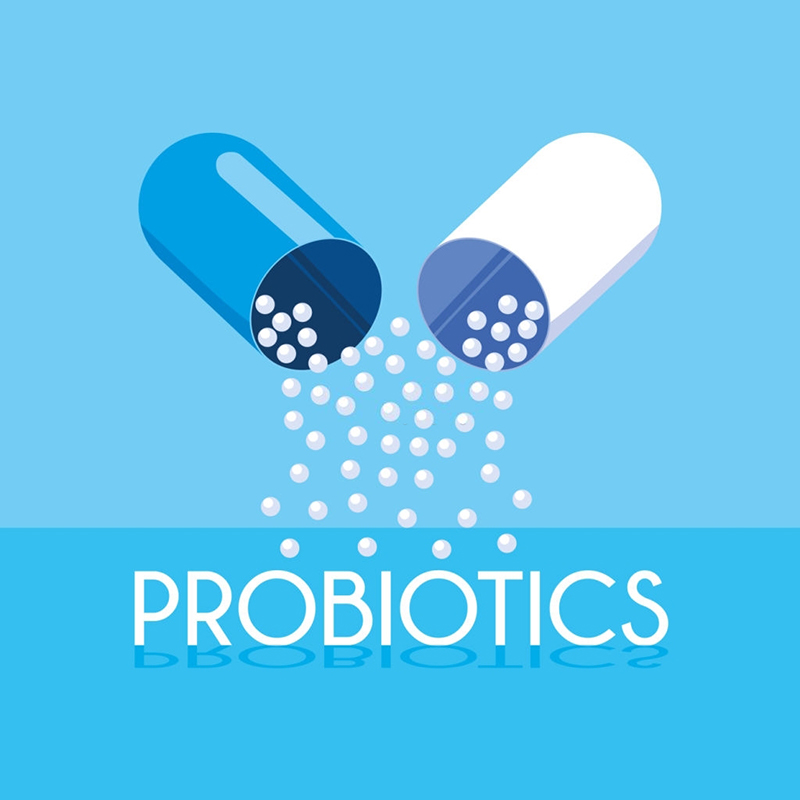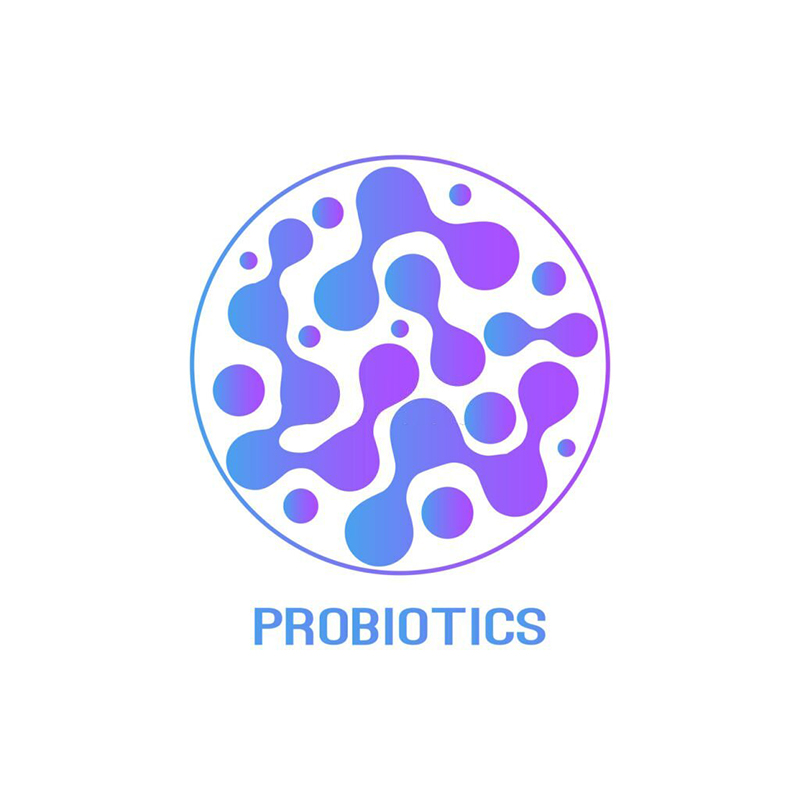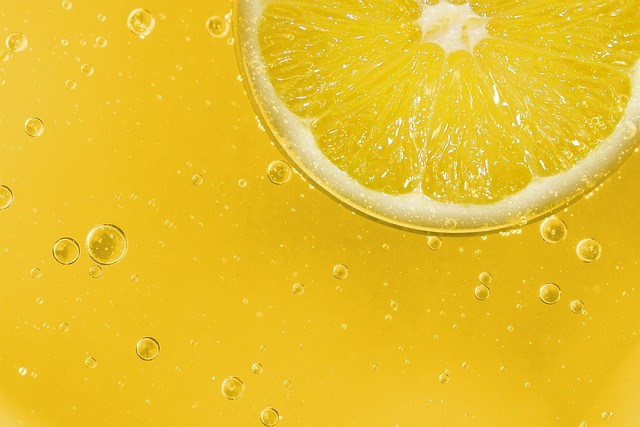Diving Deep: Exploring the Different Types of Probiotics
Probiotics have gained significant popularity in recent years due to their potential health benefits. These living microorganisms, often referred to as “good bacteria,” provide numerous advantages to our bodies, particularly in supporting gut health. With so many probiotic products available in the market, it’s essential to understand the different types of probiotics and their specific properties to make informed choices for your health.
Lactobacillus
Lactobacillus is one of the most common and well-known types of probiotic bacteria. It is found in various fermented foods like yogurt, sauerkraut, and pickles. Lactobacillus species are famous for their ability to convert sugars into lactic acid, creating a sour taste in fermented foods.
Research suggests that Lactobacillus strains can help improve digestion, enhance nutrient absorption, and support a healthy immune system. They are known to produce lactic acid, which creates an acidic environment in the gut, inhibiting the growth of harmful bacteria. Lactobacillus acidophilus and Lactobacillus rhamnosus are two commonly studied strains within this category.
Bifidobacterium
Bifidobacterium is another popular group of probiotics that reside in our digestive system. These bacteria primarily colonize the large intestine and play a crucial role in maintaining gut health. They help break down complex carbohydrates, produce vitamins, and prevent harmful bacteria from growing.
Studies have shown that Bifidobacterium strains may help alleviate symptoms of irritable bowel syndrome (IBS), improve lactose intolerance, and enhance immune function. Bifidobacterium bifidum and Bifidobacterium longum are two well-researched strains in this category.
Saccharomyces boulardii
Saccharomyces boulardii is a yeast-based probiotic that differs from bacterial probiotics. It is commonly used to prevent and treat various gastrointestinal conditions like diarrhea, particularly those caused by antibiotics or infections.
Research suggests that Saccharomyces boulardii works by competing with harmful microbes, preventing them from attaching to the intestinal lining. It may also help regulate the body’s inflammatory response, reducing intestinal inflammation and discomfort.
Streptococcus thermophilus
Streptococcus thermophilus is a probiotic commonly used in the production of dairy products like cheese and yogurt. Alongside Lactobacillus bulgaricus, it is a key bacterium involved in the fermentation process.
While Streptococcus thermophilus is most often associated with its role in food production, it also offers potential health benefits. Some studies indicate that this probiotic strain could help alleviate symptoms of lactose intolerance, enhance digestion, and support a healthy immune system.
Conclusion
Probiotics are incredibly diverse, with different strains offering unique health benefits. The key to incorporating probiotics into your lifestyle is to understand the specific properties of each strain and how they address your health needs. Whether you choose Lactobacillus, Bifidobacterium, Saccharomyces boulardii, Streptococcus thermophilus, or a combination thereof, introducing probiotics into your daily routine may support gut health and overall well-being.
Remember to consult with a healthcare professional before starting any new supplementation, especially if you have specific health concerns or conditions. Embrace the fascinating world of probiotics and enjoy the potential benefits these friendly microorganisms have to offer!







